
A Slice of England Through an American Lens: Post 3 – Lodging, Food, Friends, and a Few Quirky Details
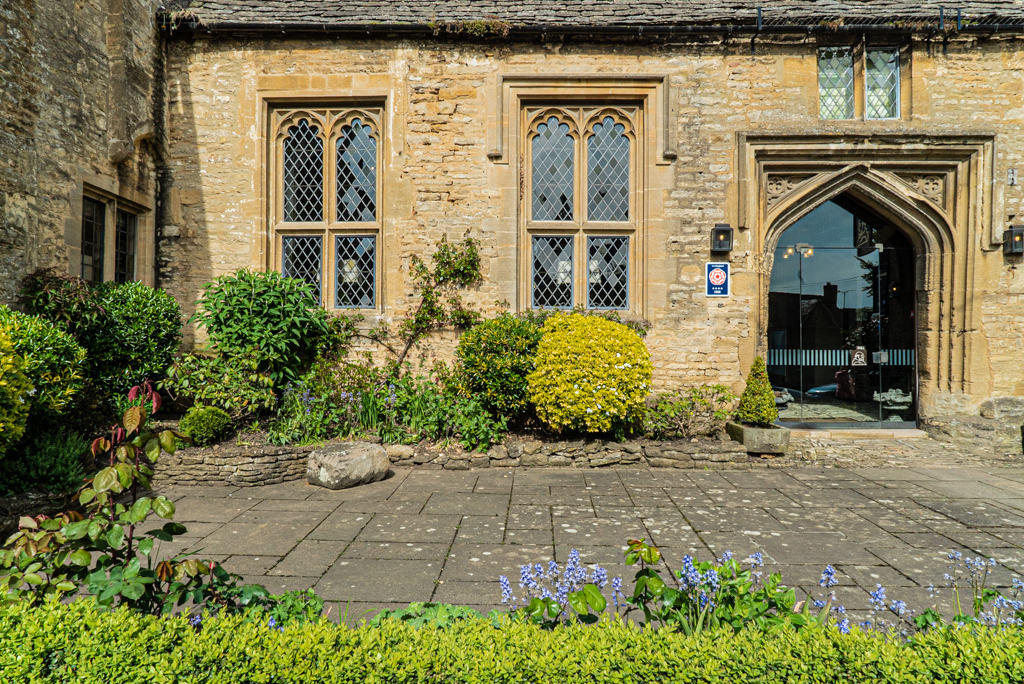
Our hotel in the Cotswolds was named The Shaven Crown. It was built as a monastery in the 14th century by monks as a hospice and to house passing pilgrims. When monasteries were dissolved in the 16th century, the Crown confiscated the building and evicted the monks. At one point, the building was a hunting lodge for Queen Elizabeth I. The building has been restored numerous times over the centuries. However, the legacy of the monks is remembered in the Inn’s name.
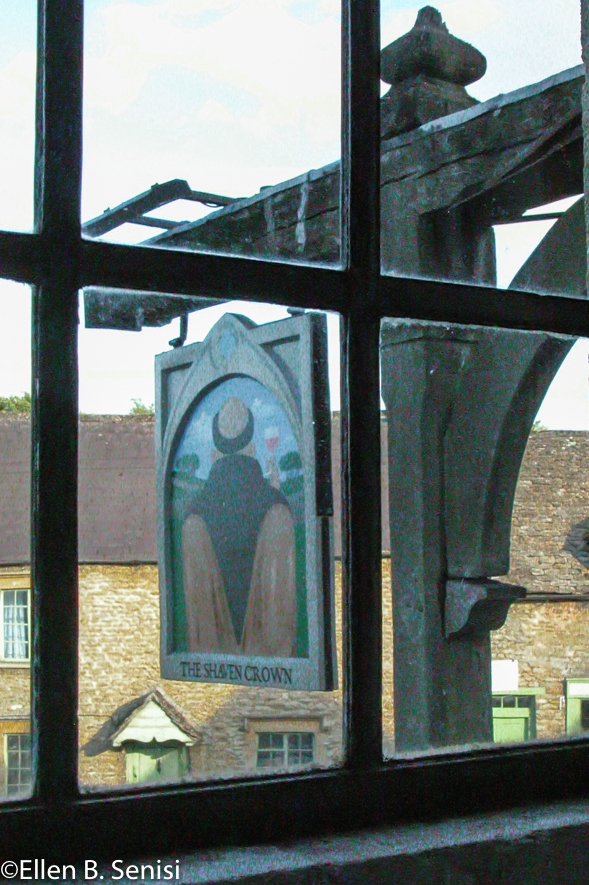
The current incarnation of The Shaven Crown is a lovely mix of old and new: exposed beams, traditional windows, modern fixtures, and comfortable beds.
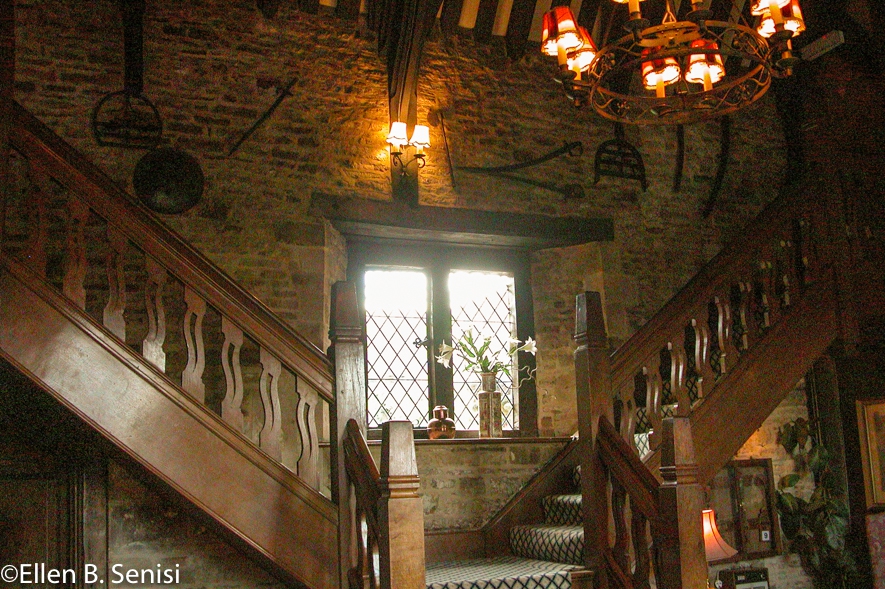

The grounds are also lovely.


Oh, and the food at the Shaven Crown was exceptionally good! The breakfast menu included what is sometimes known as a Full English Fry Up.

Eggs Benedict was another delicious option.
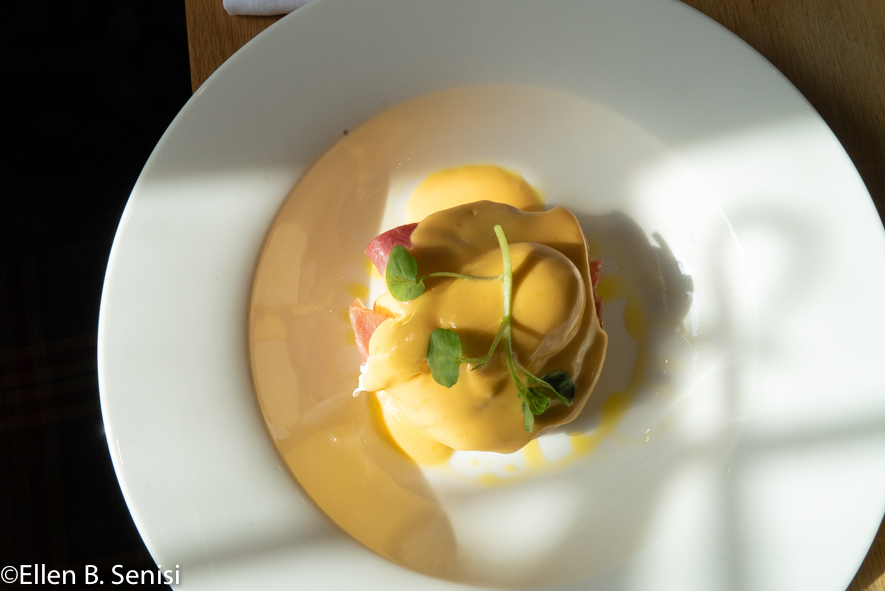
Dinner was beautifully done and delicious, as well. There was an elegant version of British Fish and Chips, and plenty of pork dishes, which are not plentiful in US restaurants but are everywhere here.
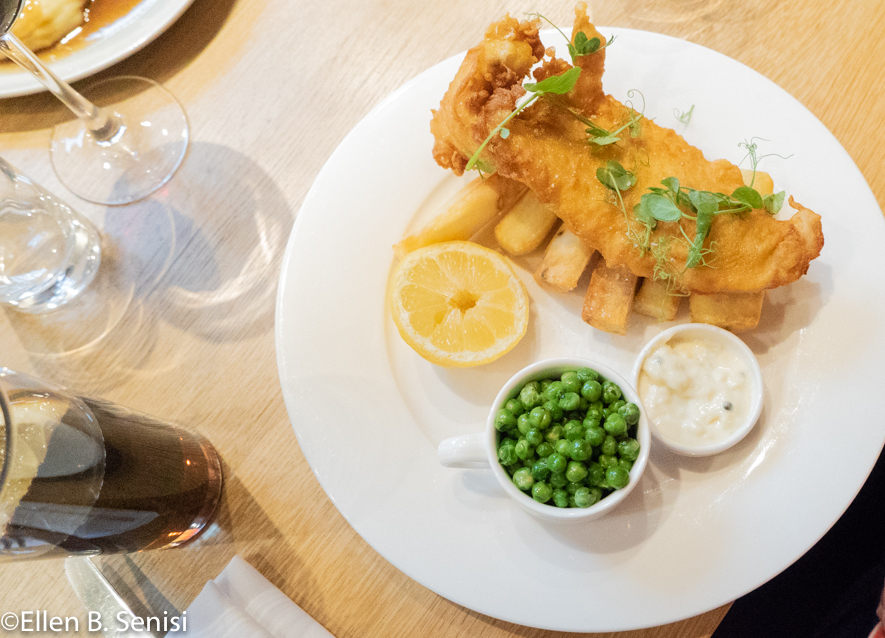
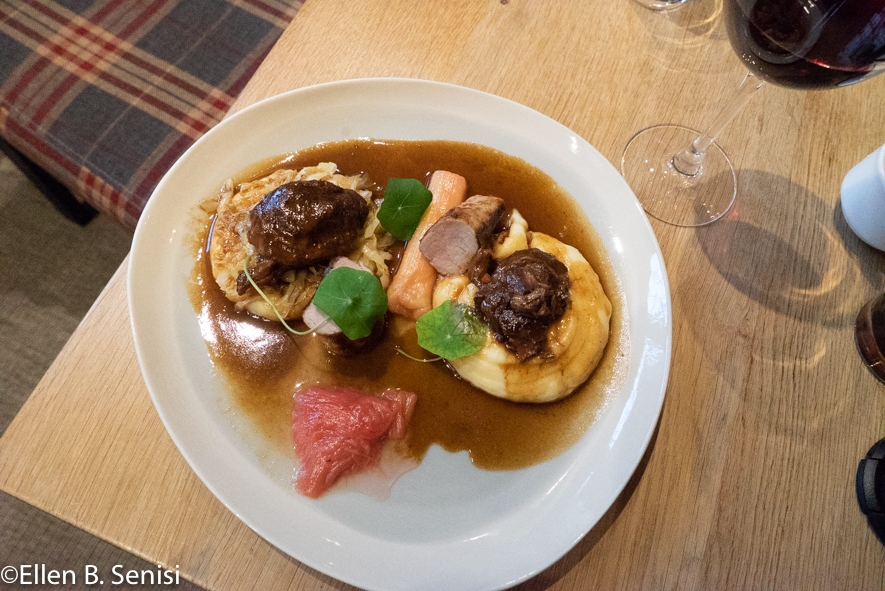
From our base at the Shaven Crown, we set out to explore Cotswold villages near us with our friends.

Even the names here have a unique English flavor: Bourton-on-the-Water, Stowe-on-the-Wold, Shipton Under Wychwood, Chipping Norton.
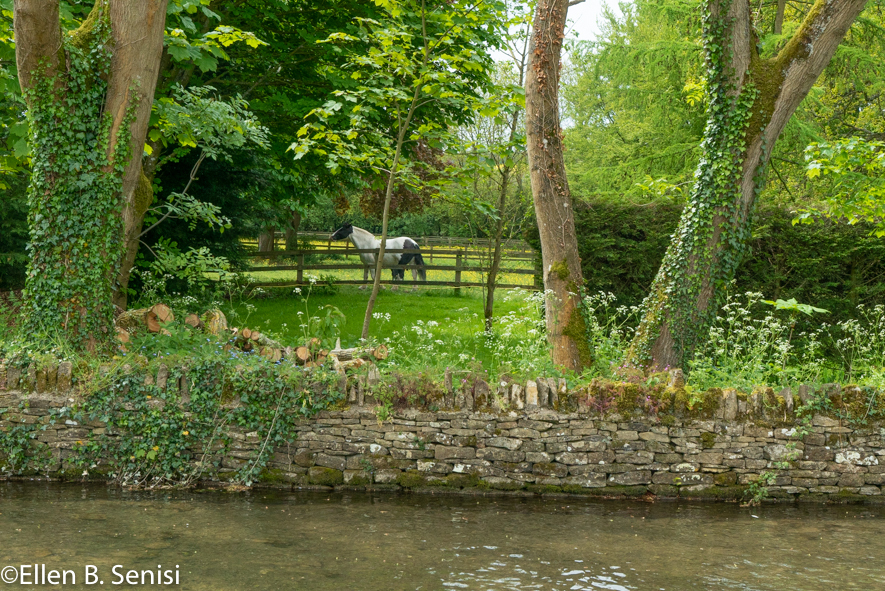
Bourton-on-the-Water
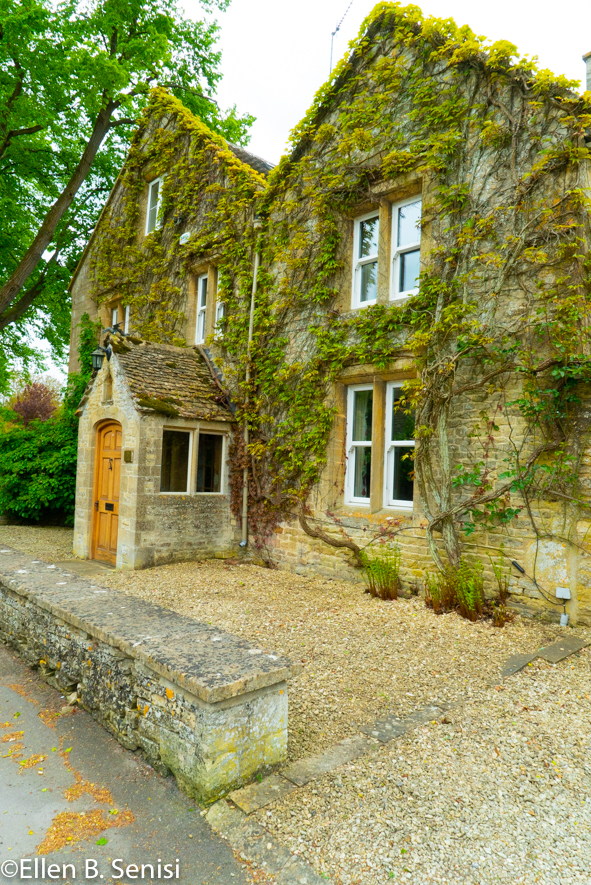
Shipton-Under-Wychwood
We explored In the Cotswolds and, later, in Hampshire.
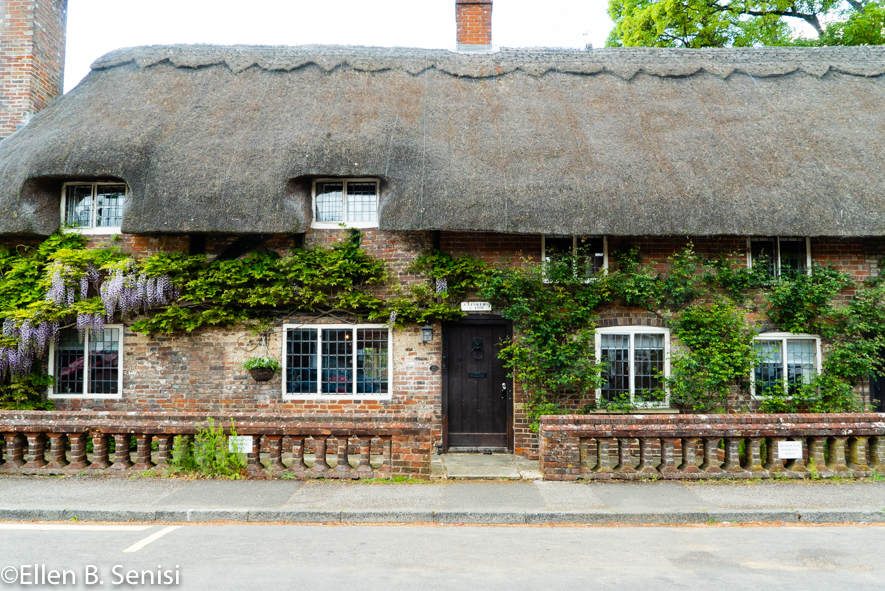

We did lots of walking but we also took breaks in beautiful places to sit,
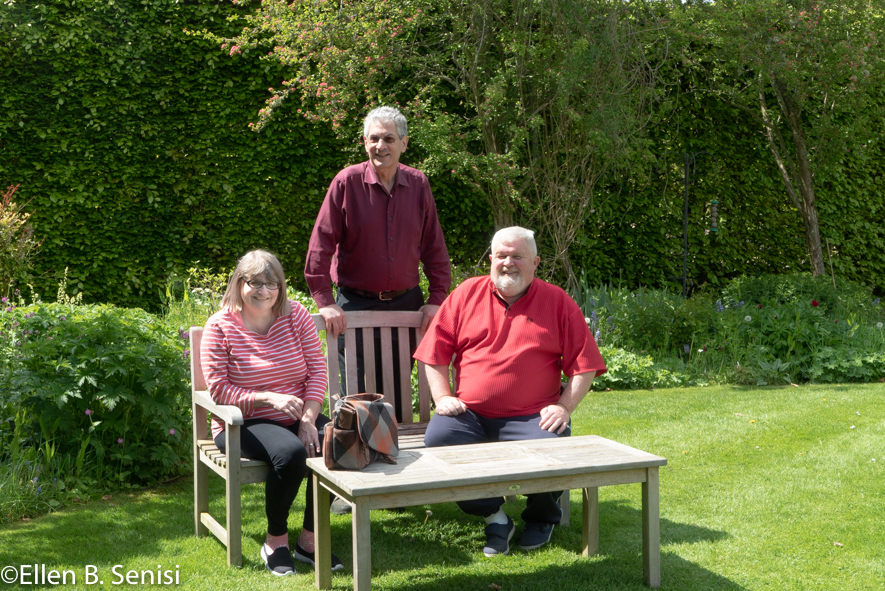
as well as in that most English of establishments: the English pub.
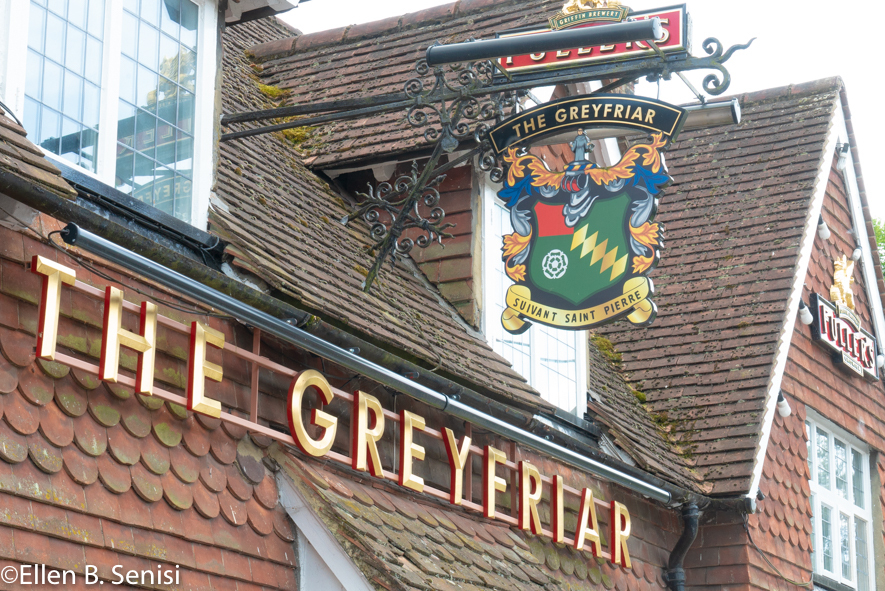

We also took breaks each day to partake of another English tradition: cream tea. This includes tea with cream and absolutely delicious scones. These scones are moister than US scones; the taste and texture are excellent. Clotted cream and jam, which are meant to be slathered on the scones, are also brought to the table.
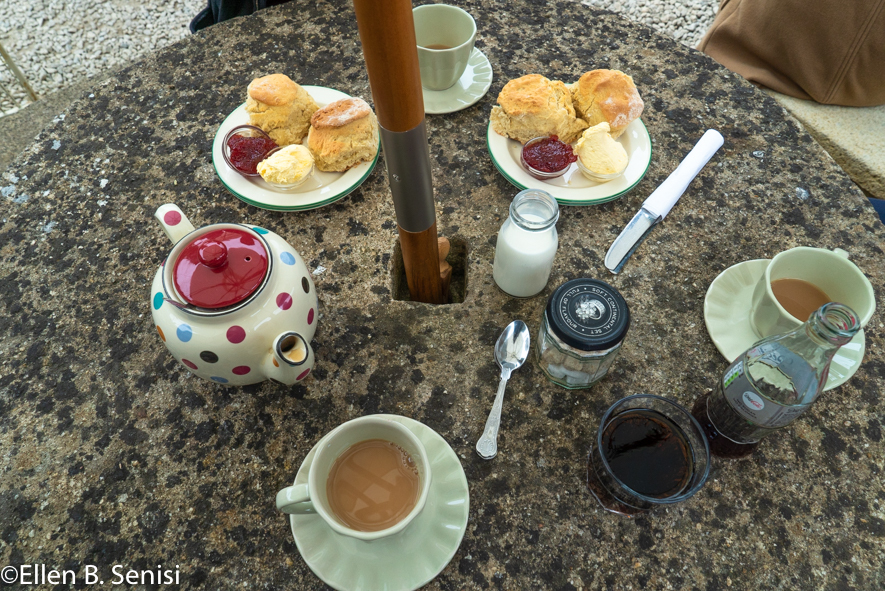

A particularly English flavor was often seen in quirky little details.

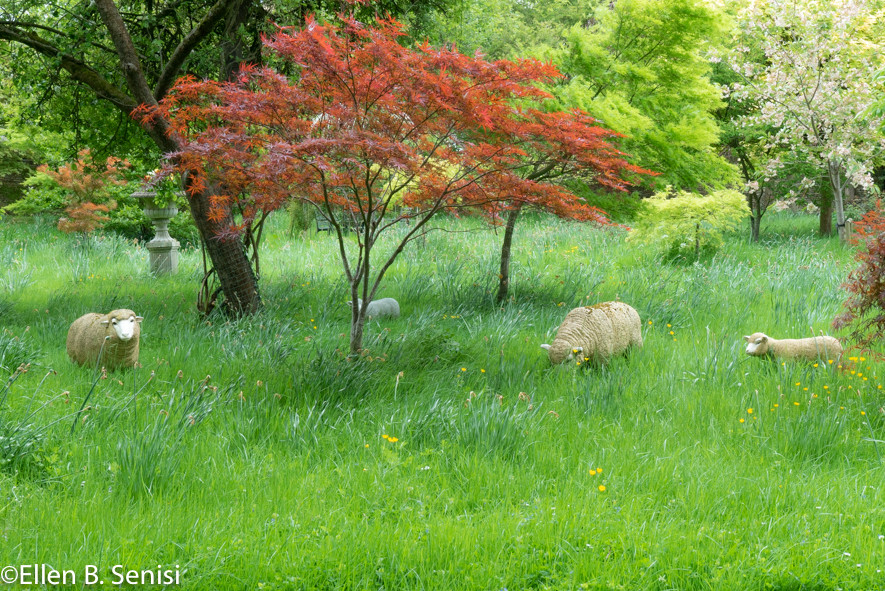
These are not real sheep; this is a nice way to enjoy a pastoral landscape without stepping on sheep poop in a lovely garden.

On that thoughtful note, farewell to leisurely browsing in English villages – for now.
